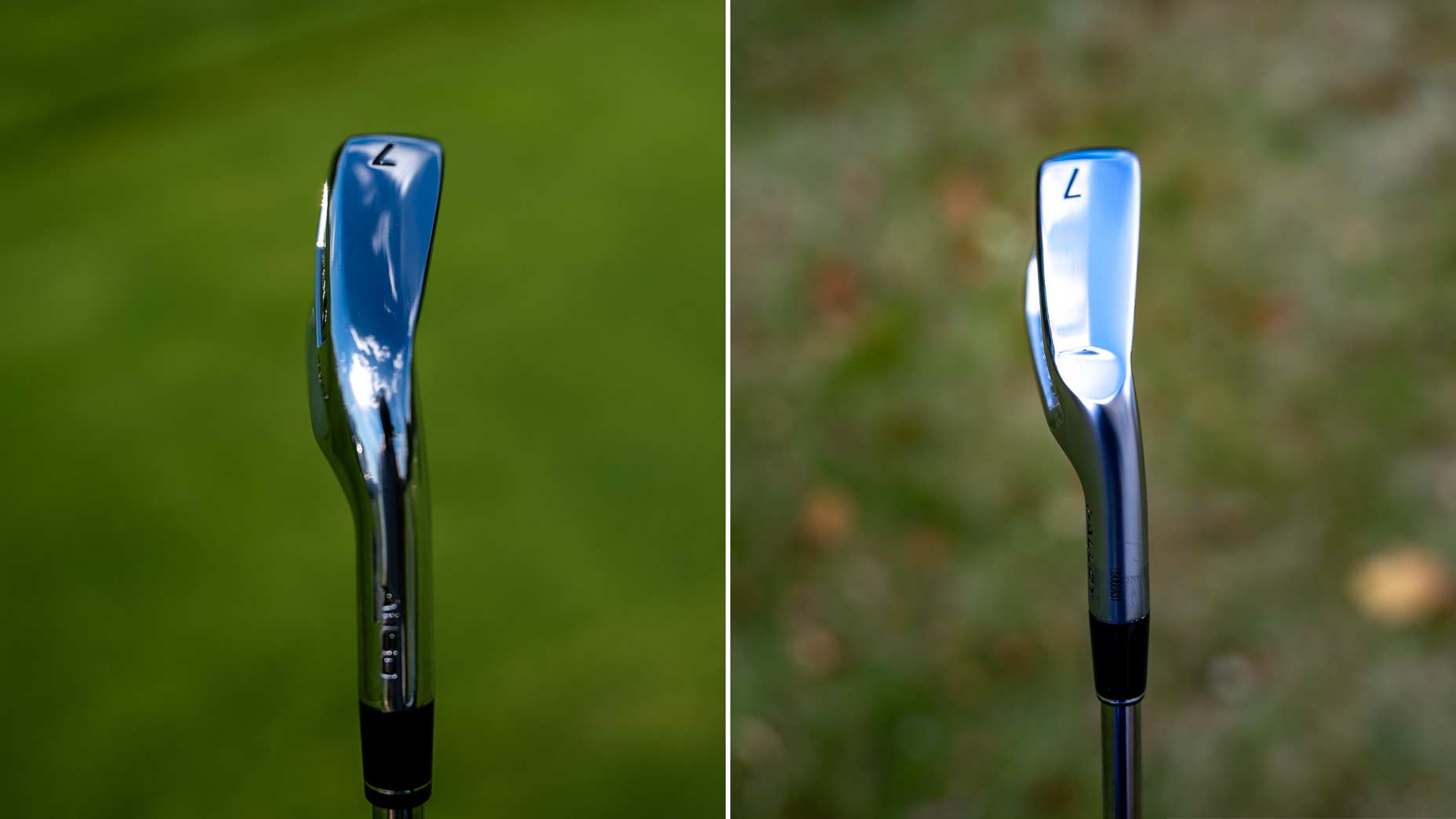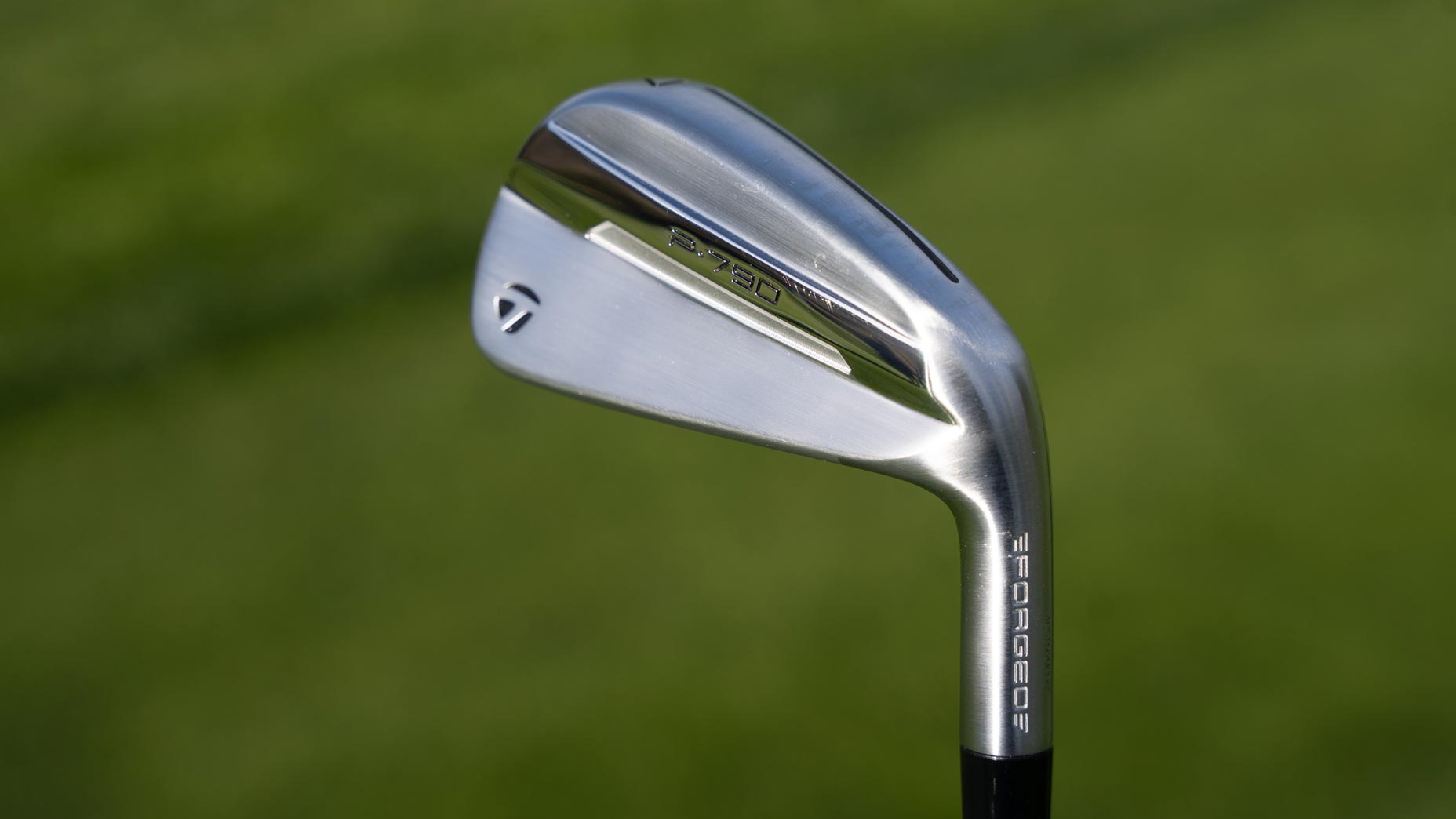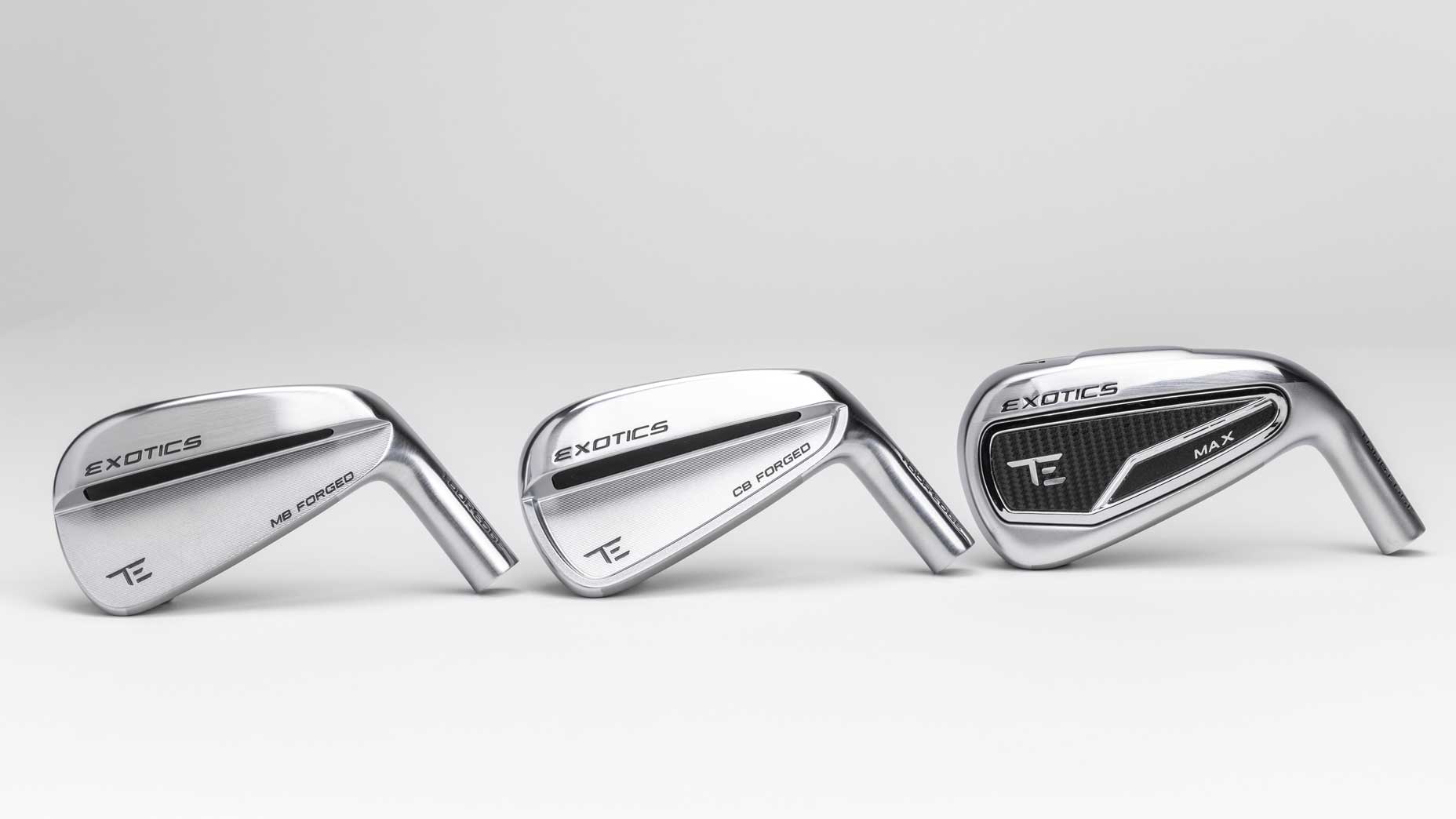The cast versus forged debate has consumed golfers for ages when it comes to irons and wedges. Those arguments stem from two questions: “Which one is better?” and “Can you even tell the difference?”
Unfortunately for those debaters, this article seeks to solve neither of those questions. Instead, this is purely about understanding the differences between the cast and forged manufacturing processes.
In order to get the best information possible about casting and forging, I wanted to ask the most knowledgeable person I could find on the topic. So, Patrick Boyd, founder of National Custom Works, joined our recent Fully Equipped podcast episode to give a master class on cast versus forged golf clubs. Boyd is a longtime expert in the field of golf club building and manufacturing, and he helped clear up a lot of questions.
Below are two of the most important questions that Boyd touched on during the podcast. If you’re interested in listening to the full interview with Boyd (which I highly recommend for those interested in the topic), it begins around the 42-minute mark.
1. What does “cast” and “forged” actually mean?
Boyd says: “The forging process is taking a solid billet of steel, and then through various steps, using heat, pressure, and tooling dyes to refine it into a part that can be used for golf clubs. And in the process of forging a golf club, the grain structure — the internal structure of the metal — is further condensed. … [Forging is] really the most time-consuming and expensive way to manufacture golf clubs … with cast, you’re taking something liquid, pouring it into a mold, and then it’s cooling in that mold.”
2. What are the tradeoffs between cast and forged?
Boyd says: “There’s kind of a tradeoff with both as far as manufacturing. You have a bit more flexibility with cast as far as what you can do with the tooling. It’s a lot simpler to tool and a lot less expensive to tool and produce cast golf clubs. When you’re forging … you have several dyes that you’re going through in the process. There are a lot of steps, and it’s very expensive to tool a forged golf club.
“And a lot of people think [the forging process] really translates into better feel, a lot of it has to do with the materials. Nobody casts 1025 steel [which is common for forgings] … both processes work with completely different materials. I’d be interested to see if anyone ever would cast something out of 1020 steel. You probably could. I don’t know how the part would be after it cooled down. But it’s like I was saying; it’s a really different process. You’re taking something solid and reforming it (with forged), versus taking something molten and forming it (with cast).”
Want to hear more from Boyd? Don’t forget to tune into the full podcast below.










